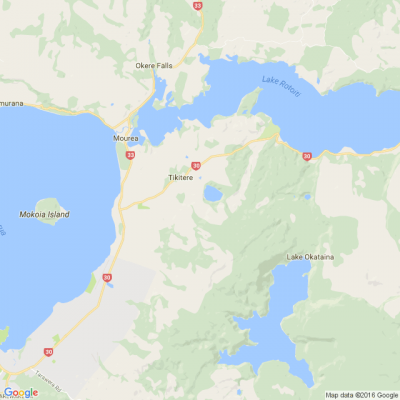
Know what’s happening
Access the private noticeboard for verified neighbours near you. Keep informed about any suspicious activity, send urgent updates to your neighbours when required and discuss emergency planning.
Get to know your neighbours
Browse the directory and start getting to know your neighbours. Don’t want to post to the whole neighbourhood? Send a private message.
Buy, sell and give away
Want to declutter your garage? Buy some used household items? Give away some garden stuff? Become a verified neighbour to browse and post items for sale. Trading is simple when everyone lives nearby.

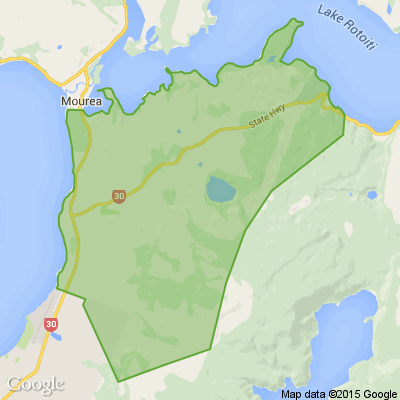
Share what you've seen
If you know of crime happening locally, let your neighbours know here.

Thank you for using Neighbourly
You may receive an email confirmation for any offer you selected. The associated companies will contact you directly to activate your requests.
Colleen Hawkes Reporter from Homed
Healthy, warm, dry and cheap to run. Owners of Superhome houses in Auckland, Christchurch, Nelson and Otago are hosting open homes from August 14-15 so you can see just how warm and cosy a home can be with the right design approach.
44 replies (Members only)
Think there is NOTHING to do with the family in the Waikato this Winter? You might want to think again!
From free activities and family-friendly days out to underground adventures, animal encounters and indoor fun, there is a great range of things to do here.
Gather the whole family and … View moreThink there is NOTHING to do with the family in the Waikato this Winter? You might want to think again!
From free activities and family-friendly days out to underground adventures, animal encounters and indoor fun, there is a great range of things to do here.
Gather the whole family and come do NOTHING in the Waikato this Winter!
Find out more

Pip Stephenson from Waikato/Bay of Plenty Cancer Society - Rotorua
The Cancer Society needs you!
Daffodil Day is coming, and the call is going out for street collection volunteers in Rotorua.
Be part of the Cancer Society’s largest annual fundraising event and help raise vital funds this Daffodil Day on Friday 27 August.
Just two hours of your time can make a … View moreThe Cancer Society needs you!
Daffodil Day is coming, and the call is going out for street collection volunteers in Rotorua.
Be part of the Cancer Society’s largest annual fundraising event and help raise vital funds this Daffodil Day on Friday 27 August.
Just two hours of your time can make a big difference for Kiwis living with cancer.
Sign up at www.DaffodilDay.org.nz...
Robert Anderson from Curtain Clean Rotorua
When researching or reading about different fabrics, you are likely to see the word yarn mentioned a lot. ‘Made from spun yarns’ or ‘with synthetic yarns’ are a couple of examples. But what is yarn? What is spun yarn? Are there other types? What does it all mean, and how much relevance does… View moreWhen researching or reading about different fabrics, you are likely to see the word yarn mentioned a lot. ‘Made from spun yarns’ or ‘with synthetic yarns’ are a couple of examples. But what is yarn? What is spun yarn? Are there other types? What does it all mean, and how much relevance does this bear to your final fabric? That’s what we are here to look at in a little more detail.
What is Yarn?
Yarn is a length of fibres. That’s the simplest way to explain it. It is a continuous length of fibres which are interlocked, and it’s used to produce fabrics, as well as in crocheting, knitting, embroidery and ropemaking.
This means that we can split yarn into two different ‘categories’ of sorts. The thread that is used for embroidery or in sewing machines, as well as yarn (commonly known as balls-of-wool) used in crafts such as knitting or crocheting, are long lengths that are bought as yarns.
The alternative would be a yarn which is then knitted or woven into a fabric. The textile is then bought as fabric, in lengths, rather than the yarn itself being purchased separately. This second description is the one that we will explore further in this post.
What is Yarn Made From?
Yarn can be made from such a variety of different fibres. This includes both natural and synthetic fibres. The most common plant fibre is cotton, however, you can also use other natural fibres such as bamboo. Alongside cotton, the synthetic polyester fibre makes up the two most commonly used fibres. Animal fibres are also often used, such as wool, harvested from sheep, as well as cashmere (harvested from goats) Angora (from rabbits) and silk (from insect larvae).
What is the Difference Between Spun and Filament Yarn?
Spun yarn is made by twisting staple fibres together in either an S or Z twist, to make a single thread. The process of twisting the fibres together into yarn is called spinning and it was one of the first processed to be industrialised. Spun yarns can contain a single type of fibre, or you can spin various types of fibre together to give you a blend.
Filament yarn is made up of filament fibres which are either twisted together or simply grouped together. It can either be composed of one filament, which is called a monofilament, or it could be made of more than one, in which case it would be known as a multifilament. This can be as few as two or three filament fibres, or even up to 50, or more.
Keep reading: www.curtainclean.co.nz...

Our passions and achievements play a large part in the legacy we leave behind. When we channel those achievements into championing causes and giving back, that legacy is carried as inspiration for generations to come.
This is an opportunity to recognise those Senior New Zealanders who go beyond … View moreOur passions and achievements play a large part in the legacy we leave behind. When we channel those achievements into championing causes and giving back, that legacy is carried as inspiration for generations to come.
This is an opportunity to recognise those Senior New Zealanders who go beyond the ordinary when it comes to paying it forward and making a difference. Let’s celebrate the good and help their legacy shine bright. Because these kiwis demonstrate the true meaning of an inspiring legacy. Who will join them?
Nominations close 31 August.
#NZOTY #NZerOfTheYear
Learn more
Low levels of digital literacy among staff is a challenge facing many manufacturing businesses, and strengthening those skills is not only essential to meet rapid technological changes in the workplace, it’s vital to increasing productivity.
Competenz has recently launched a new … View moreLow levels of digital literacy among staff is a challenge facing many manufacturing businesses, and strengthening those skills is not only essential to meet rapid technological changes in the workplace, it’s vital to increasing productivity.
Competenz has recently launched a new micro-credential to improve the level of digital literacy in the manufacturing sector.
"With an aging workforce it’s imperative we enable companies to keep their tradesmen and craftsmen,” says Jahn Vannisselroy, Competenz Sector Manager. “This micro-credential, which we can tailor to a specific company, is giving people the confidence to meet technology head-on.”
The qualification is fully funded under the government’s Targeted Training and Apprenticeship Fund (TTAF) for employers who enrol their staff before 31 December 2022.
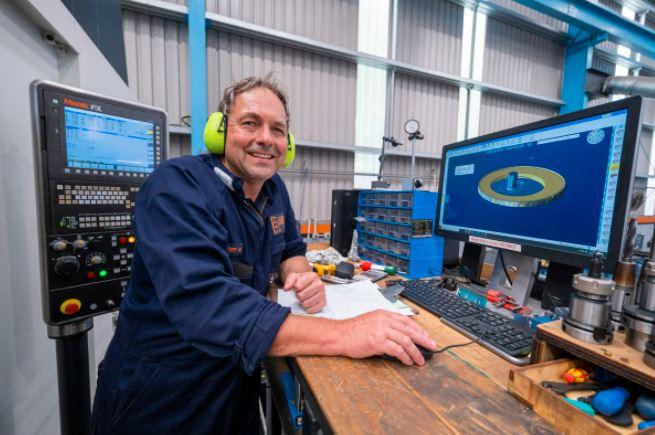
Robert Anderson from Curtain Clean Rotorua
We have a soft spot for sheep. For many, sheep are symbolic to New Zealand culture with the rearing of sheep being the backbone to the economy for many years.
Sheep farming was established in New Zealand by the 1850s and has played an important role in the economy ever since. For several … View moreWe have a soft spot for sheep. For many, sheep are symbolic to New Zealand culture with the rearing of sheep being the backbone to the economy for many years.
Sheep farming was established in New Zealand by the 1850s and has played an important role in the economy ever since. For several decades wool accounted for more than a third of New Zealand’s exports by value with the sheep population peaking at just over 70 million in 1982.
This number is significant when comparing it to New Zealand’s human population. By 2020, sheep numbers dropped to 26 million, following a decline in profitability compared to other types of farming, particularly dairying.
While also farmed for their meat, today’s article focuses on sheep wool and its environmental attributes.
Wool is a natural and renewable resource and as long as our beloved sheep are eating the tasty green pastures from New Zealand farms they will always produce wool. Wool has amazing properties that make it ideal for many applications from home textiles through to incontinence underwear.
At this point in time, cotton and synthetic fibres are the most commonly used and produced fibres globally, however their performance does not come close to wool, in particular the environmental benefits.
From wool to yarn: The wool clip (total yield of wool shorn during one season from the sheep) is sent to the scourers where the wool is cleaned and dried, and from there to a woollen spinner where the fibre is spun into yarn. The yarn is then sent on to the manufacturer of textile products where many different processes are involved.
The yarn is wound onto dye cones and dyed to the required colours. Next the yarn is warped onto beams. These warp beams are then threaded through the looms so that the weft yarn can run across the warp to create a woven fabric.
The fabric is then inspected and then washed and dried. Very few chemicals are used in the processing, typically only water and heat.
Keep reading: www.curtainclean.co.nz...
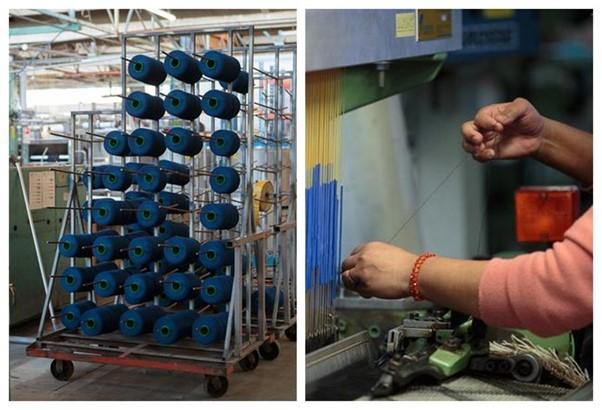
Is your home starting to look a little dreary and in need of a fresh coat of paint or a pick me up with colour?
Come in and visit your local Resene ColorShop between 5-31 August 2021, buy 1 testpot 60-80ml and get 1 FREE! Plus get 25% off Resene premium paint, primers, sealers and stains 10L. … View moreIs your home starting to look a little dreary and in need of a fresh coat of paint or a pick me up with colour?
Come in and visit your local Resene ColorShop between 5-31 August 2021, buy 1 testpot 60-80ml and get 1 FREE! Plus get 25% off Resene premium paint, primers, sealers and stains 10L.
Offers available with your Resene DIY Card. If you don’t have a card you can sign up free in store or online
See more details online

Te Whare Wānanga o Awanuiārangi
Masters Study
Meet Hinerangi Busby who shares her journey with Te Whare Wānanga o Awanuiārangi.
I am a graduate of the marae-centred programme, Te Pouhono, transforming Māori communities, promoting mātauranga-a-hapū, a-iwi. My participation took me to the Bachelor of Mātauranga Māori,… View moreMasters Study
Meet Hinerangi Busby who shares her journey with Te Whare Wānanga o Awanuiārangi.
I am a graduate of the marae-centred programme, Te Pouhono, transforming Māori communities, promoting mātauranga-a-hapū, a-iwi. My participation took me to the Bachelor of Mātauranga Māori, and then postgraduate study.
Awanuiārangi centres you. This is the nurturing space of Māori researchers, with the support of academic and professional staff; this all transpires from an authentic indigenous and traditional Māori environment.
My studies have empowered me to play a more pro-active role in whānau and hapū affairs. Instead of being angry at a past that we cannot change, let’s become part of the solution for positive change.
Find out more

The Team from Graeme Dingle Foundation Rotorua
Earlier this year, young people were asked to share their experience of COVID-19. The Graeme Dingle Foundation wanted to give them an opportunity to share their story and show the ways in which they had faced the challenges of COVID-19 and the restrictions on their lives.
In today's post, we … View moreEarlier this year, young people were asked to share their experience of COVID-19. The Graeme Dingle Foundation wanted to give them an opportunity to share their story and show the ways in which they had faced the challenges of COVID-19 and the restrictions on their lives.
In today's post, we look at how online learning played in our young people's lives. Keep an eye out as we post some key takeaways from our findings or head to our website and read the full write up today.
Source - Julie Moore, Research & Evaluation Graeme Dingle Foundation

The Team from
Come and visit us @ Red Cross shop 24 Te Ngae road Victoria
The Team from Resene ColorShop Rotorua
Construct a climbing frame for upwardly mobile crops and add the colour with Resene paint.
Find out how to create your own.
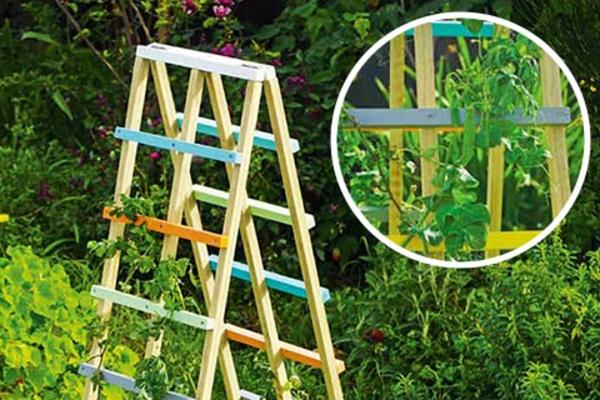
We've had hundreds of community hero shout outs on our Nice Neighbour page, with some even featuring in Stuff's local community papers. It's easy for you to chime in to those raving reviews, all you've got to do is nominate your community champion and be in with a chance to win … View moreWe've had hundreds of community hero shout outs on our Nice Neighbour page, with some even featuring in Stuff's local community papers. It's easy for you to chime in to those raving reviews, all you've got to do is nominate your community champion and be in with a chance to win a Prezzy® Card. Have a think and get nominating now! Nominate now!

Robert Anderson from Curtain Clean Rotorua
These curtains are looking as good as new after being treated for mould removal. If you have orange or black spots on your curtains - that is most likely mould! It loves a combination of dust, damp, and heat. It can smell very musty, especially if left to grow. We are experts in mould removal and … View moreThese curtains are looking as good as new after being treated for mould removal. If you have orange or black spots on your curtains - that is most likely mould! It loves a combination of dust, damp, and heat. It can smell very musty, especially if left to grow. We are experts in mould removal and ensure curtains are treated with no colour loss - if you have any questions feel free to give us a call and we can have a chat. 0800 579 0501
 Loading…
Loading…
Are you sure? Deleting this message permanently removes it from the Neighbourly website.
 Loading…
Loading…

 Auction
Auction



 Marketed by Darryn Laskey AREINZ
Marketed by Darryn Laskey AREINZ
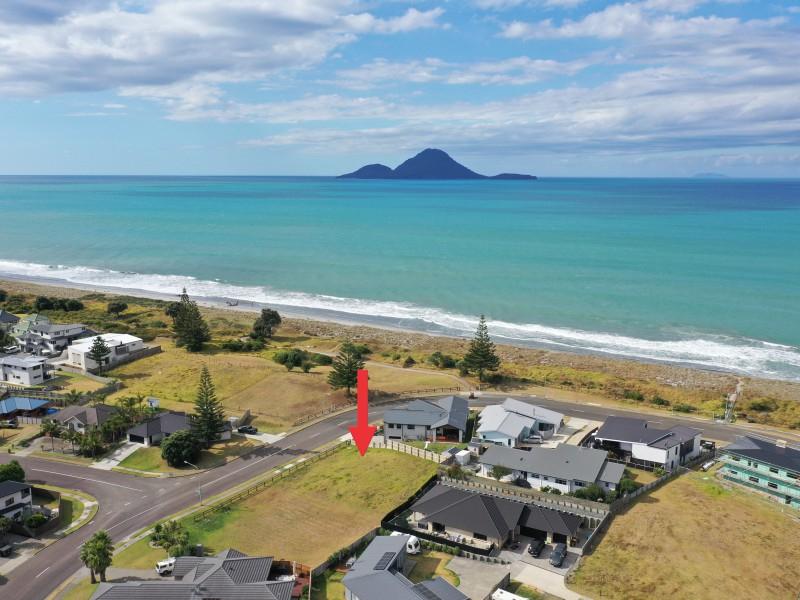
 Auction
Auction

 Marketed by Michelle Stephenson
Marketed by Michelle Stephenson

 Tender
Tender


 Marketed by Jami Botha
Marketed by Jami Botha

 $639,000
$639,000



 Marketed by Michelle Stephenson
Marketed by Michelle Stephenson

 $560,000
$560,000



 Marketed by Michelle Stephenson
Marketed by Michelle Stephenson
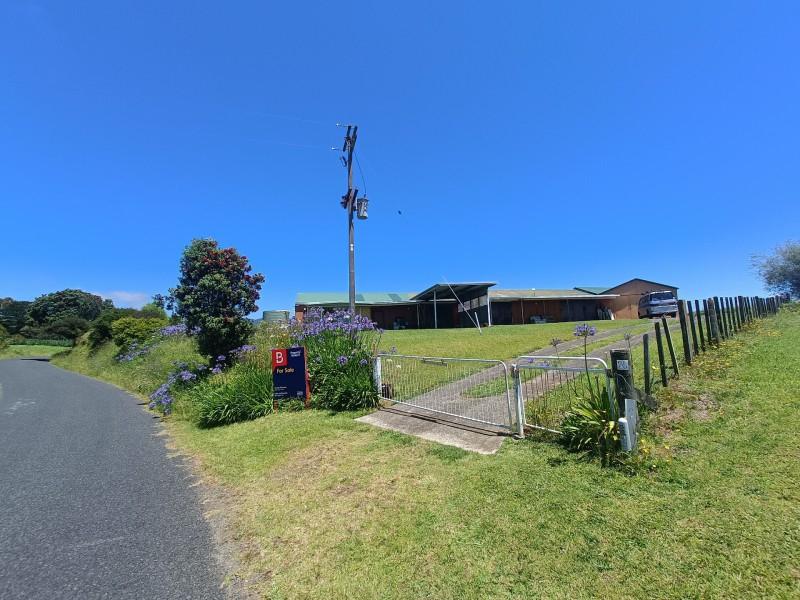
 By Negotiation
By Negotiation

 Marketed by Brooke Woolsey
Marketed by Brooke Woolsey

 Auction
Auction



 Marketed by Michelle Stephenson
Marketed by Michelle Stephenson

 $915,000
$915,000



 Marketed by Michelle Stephenson
Marketed by Michelle Stephenson
© Neighbourly 2025
